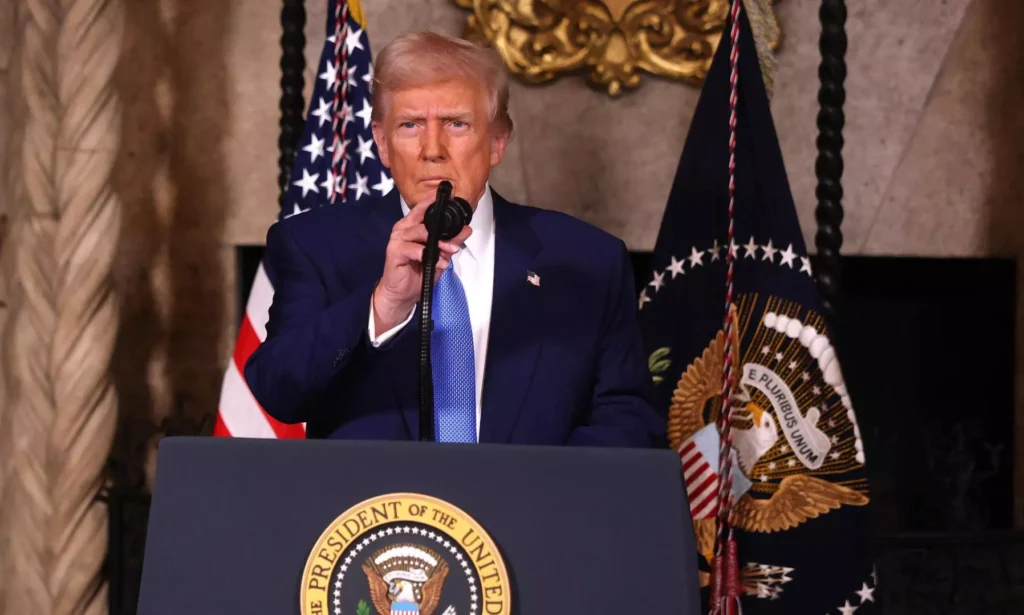In a move that’s making headlines and stirring conversations around dinner tables nationwide, President Donald Trump has signed an IVF Executive Order focused on expanding access to in vitro fertilization (IVF) and slashing its often prohibitive costs.
This initiative, as reported by the Associated Press, directs the Domestic Policy Council to develop recommendations within 90 days to protect IVF access and aggressively reduce out-of-pocket expenses and health plan costs associated with the treatment.
But what does this mean for aspiring parents and the broader landscape of family planning in the United States?
Let’s delve into five potential ways this executive order could reshape the journey to parenthood.
1. Making Parenthood More Affordable with new IVF Executive Order
For many couples, the dream of having a child is often dampened by the staggering costs of IVF treatments, which can range from $12,000 to $25,000 per cycle.
With multiple cycles sometimes necessary, the financial burden becomes insurmountable for many.
The executive order aims to make parenthood a more attainable dream for countless families by directing policy recommendations to reduce these costs.
2. Navigating Political Crosswinds
The executive order arrives on the heels of significant political shifts, notably the overturning of Roe v. Wade, which led to a patchwork of reproductive laws across states. Some of these laws inadvertently threatened access to IVF by defining life at conception. Trump’s directive seeks to counteract these challenges, ensuring that IVF remains accessible despite the evolving legal landscape.
3. Addressing Declining Fertility Rates
The United States has witnessed a consistent decline in fertility rates, with a 3% drop reported in 2023 alone. By promoting and facilitating access to IVF, the administration hopes to counteract this trend, supporting family growth and, by extension, future economic stability.
4. Sparking Ethical Debates
While many celebrate the move, it’s not without controversy. Anti-abortion advocates have voiced concerns, arguing that IVF often involves the destruction of embryos, which they equate with the loss of potential life.
Kristan Hawkins, president of Students for Life, described the executive order as “tragic,” highlighting the ethical complexities intertwined with reproductive technologies.
5. Potential Economic Implications
Implementing widespread coverage for IVF could have significant financial ramifications. Experts estimate that making IVF free, as Trump proposed during his campaign, could cost the government and insurance companies up to $7 billion annually. Balancing the desire to support families with fiscal responsibility will be a critical aspect of this policy’s rollout.
A Personal Perspective
Consider the story of Jane and John Doe, a couple from Michigan who have been trying to conceive for years. After multiple failed attempts and drained savings, they had all but given up hope. With the potential changes brought about by this executive order, families like the Does might finally have the financial support needed to pursue IVF treatments, turning their dreams of parenthood into reality.
In conclusion, President Trump’s IVF Executive Order marks a significant step in addressing the challenges of infertility. While it offers hope to many, it also opens the door to ethical, financial, and political discussions that will shape the future of reproductive health in America.
Table of Contents
Next read -> Donald Trump’s 2025 Presidential Inauguration: A Defining Moment in American History

